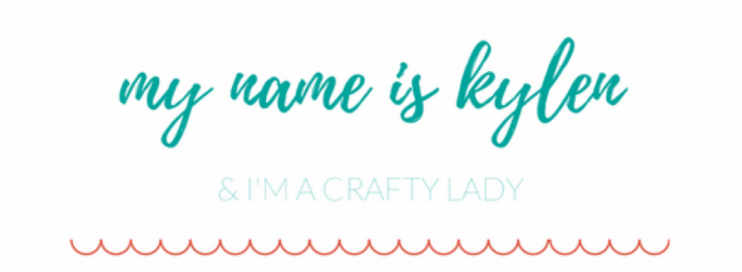I work at an awesome yarn store that has 6 comfy couches, lots of free coffee, snacks, and some of the best people I know. These are the things I have learned from working there.
1. Always knit a swatch to check your gauge if you are knitting a fitted garment.
If you knit an entire sweater and it doesn’t fit, you are going to be one sad knitter. (I seem to have learned this from past mistakes).
2. Blocking is a must for certain projects: especially clothing, anything with a lace pattern, ribbed hand-knits.
Sometimes I will finish a project and be really disappointed with the outcome. Perhaps a lacy hat is scrunching up a bit. So I block it, and everything is ok again.
3. You know when your parents told you that “The best way to learn is by making mistakes”? Well, I hate to say it, but they were right.
If you rely on your instructor to teach you everything, it will be harder for you to figure things out on your own later on. I learned almost everything from my Knitter’s Bible and it has molded me into someone who figures things out on her own. You won’t be a professional knitter as soon as you pick it up, so let yourself make mistakes, then fix them. You will learn so much more.
4. There are two types of knitters: type A and type B. I’m 80% type B.
Don’t get me wrong, I love to produce aesthetically pleasing hand-knits, but I do not obsess over the small mistakes. They add character anyway! However, over the years, I’ve learned that it is challenging and fun to rip things out and start over, so in that sense, I’m type A. As you become a more experienced knitter, challenging yourself becomes fun. (In case you’re not there yet, that is the moment when you start to make your way into knitting nerd status).
4b. As a type B knitter, it is very difficult to teach type A knitters.
My response when someone asks how they proceed is usually “I don’t know, why don’t you just wing it?” Type A knitters HATE this. Oops, sorry.
5. You will meet some of the best people by being part of a knitting community.
Some of my favorite people in this city are ones I have met at the yarn store. Everyone has been so welcoming and appreciative of my help while I’m working at the store. If you don’t have a regular store you go to, find one. You’ll be amazed by the kindness that this breed of humans offers.
Keep knittin’!
Kylen









